Have you ever watched your cat ignore a brand new toy, only to curl up in the same old spot by the window? It can be baffling—and a little disappointing! While we might see our feline friends as mysterious or even aloof, there is a surprisingly logical reason behind their love for routine and their cautious approach to play. Let’s dive into the fascinating world of cat behavior and discover why predictability often wins over playful chaos.
The Comfort of Routine

Cats are creatures of habit. They thrive on routines because it gives them a sense of security in an unpredictable world. When a cat wakes, eats, and naps at nearly the same time every day, it knows what to expect next. This predictability is deeply comforting, much like a warm blanket on a chilly night. Any sudden changes can make cats feel uneasy, sparking their instinct to retreat or hide. Over time, sticking to routines helps cats build confidence in their environment. If you’ve ever noticed your cat sitting by the food bowl minutes before mealtime, you’ve seen this love for routine in action. Predictability isn’t just a preference—it’s a cornerstone of a cat’s emotional wellbeing.
Instincts Rooted in Survival
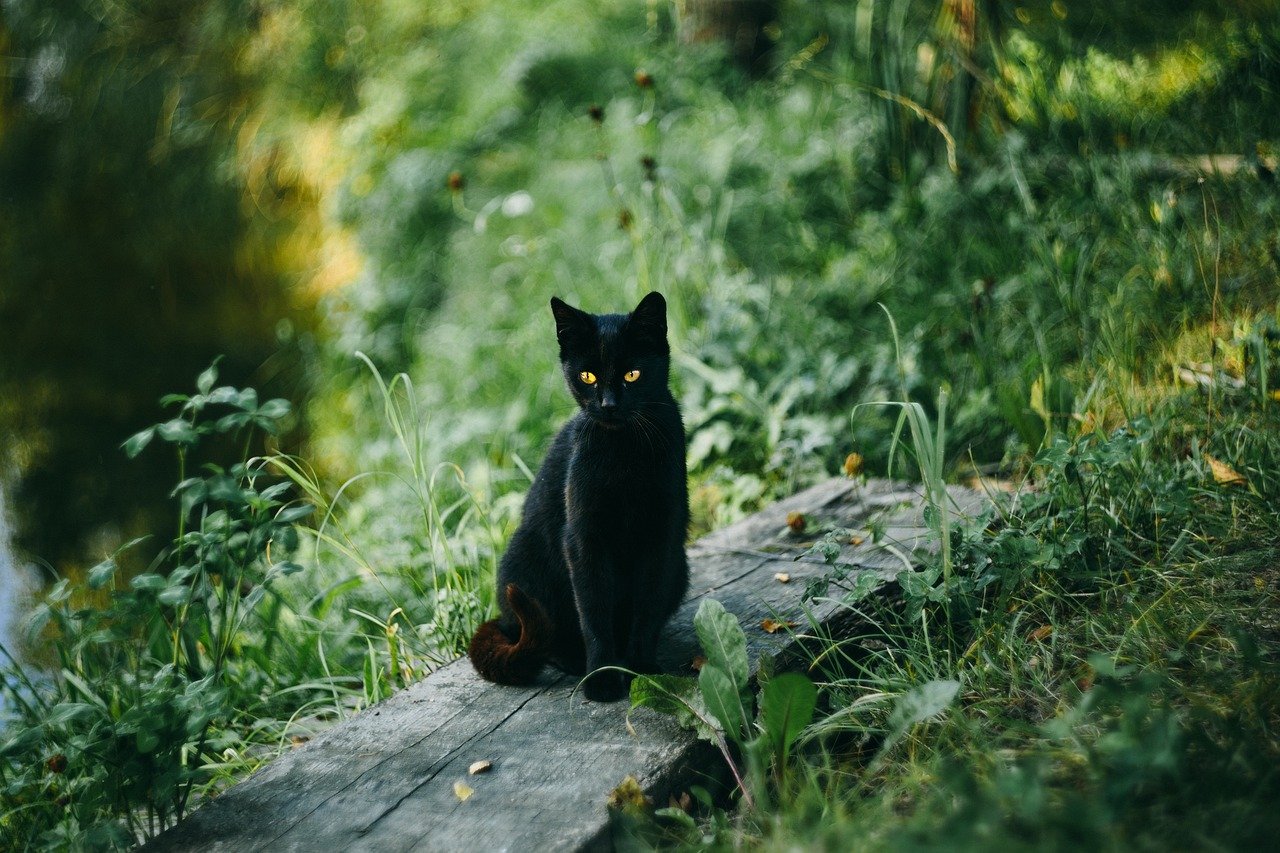
Even the most pampered house cat is guided by ancient instincts. In the wild, unpredictability can be dangerous. Cats have evolved to avoid risks and seek safety, which often means following familiar paths and patterns. A sudden movement or new object might represent a threat, so they are naturally wary. This cautious approach has helped cats survive for thousands of years. When given the choice between a predictable environment or an unknown one, most cats will choose the former. Their survival instincts tell them that what’s familiar is usually what’s safe.
The Role of Territory

Territory is everything to a cat. They are territorial animals, and their sense of ownership extends to every inch of their home. By sticking to predictable patterns, such as walking the same routes and choosing the same resting spots, cats reinforce their control over their space. New toys or sudden changes can feel like intrusions, leading them to retreat instead of exploring. This attachment to territory explains why moving furniture or introducing new scents can unsettle a cat. For them, stability equals safety, and safety wins over novelty almost every time.
Understanding Cat Play
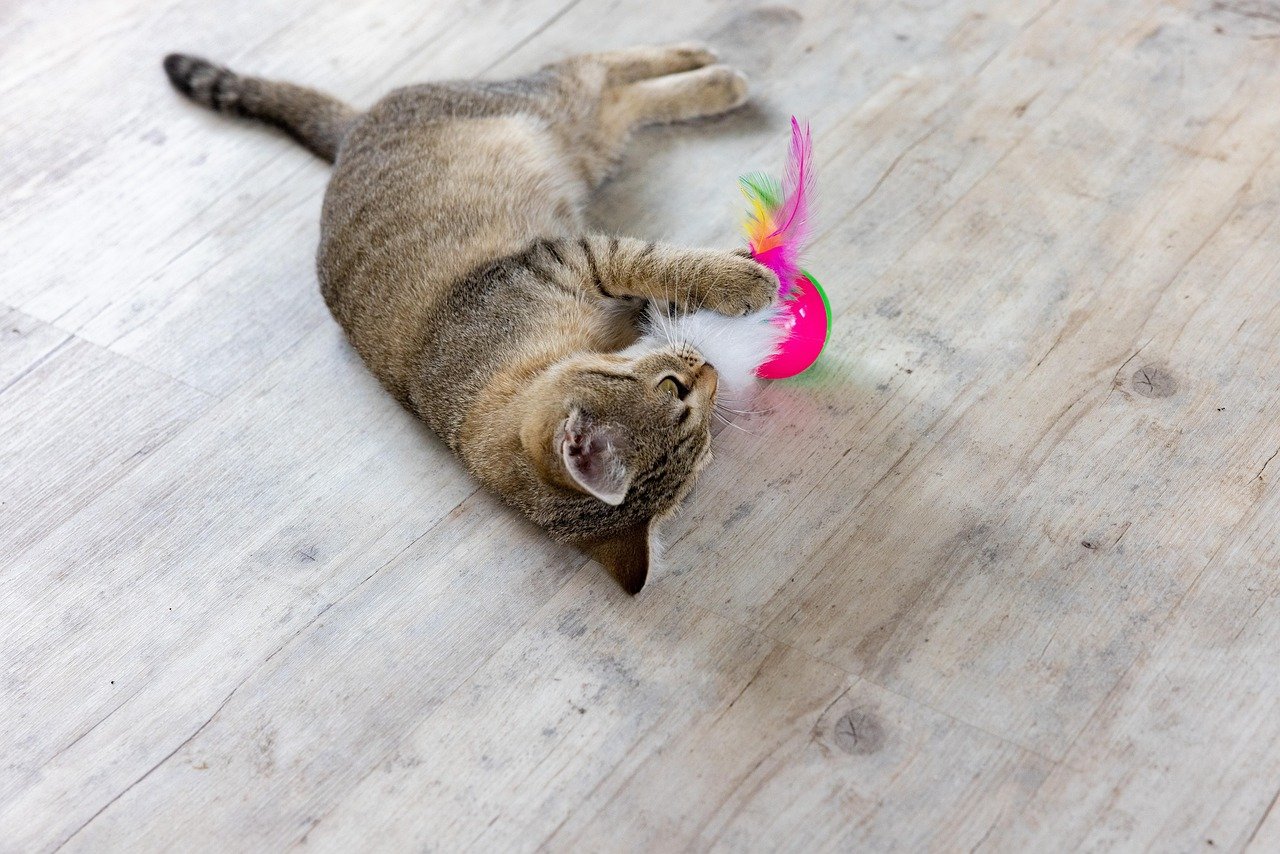
Play is important for cats, but it’s not the same as it is for dogs or humans. Cats play to hone their hunting skills, not just for fun. Playful moments mimic the stalking, chasing, and pouncing they’d use in the wild. However, the urge to play is balanced by the need for caution. If a toy behaves unpredictably or seems out of place, a cat might avoid it until it feels sure it’s safe. This explains why your cat might stare at a new toy for days before finally giving it a try.
The Impact of Stress
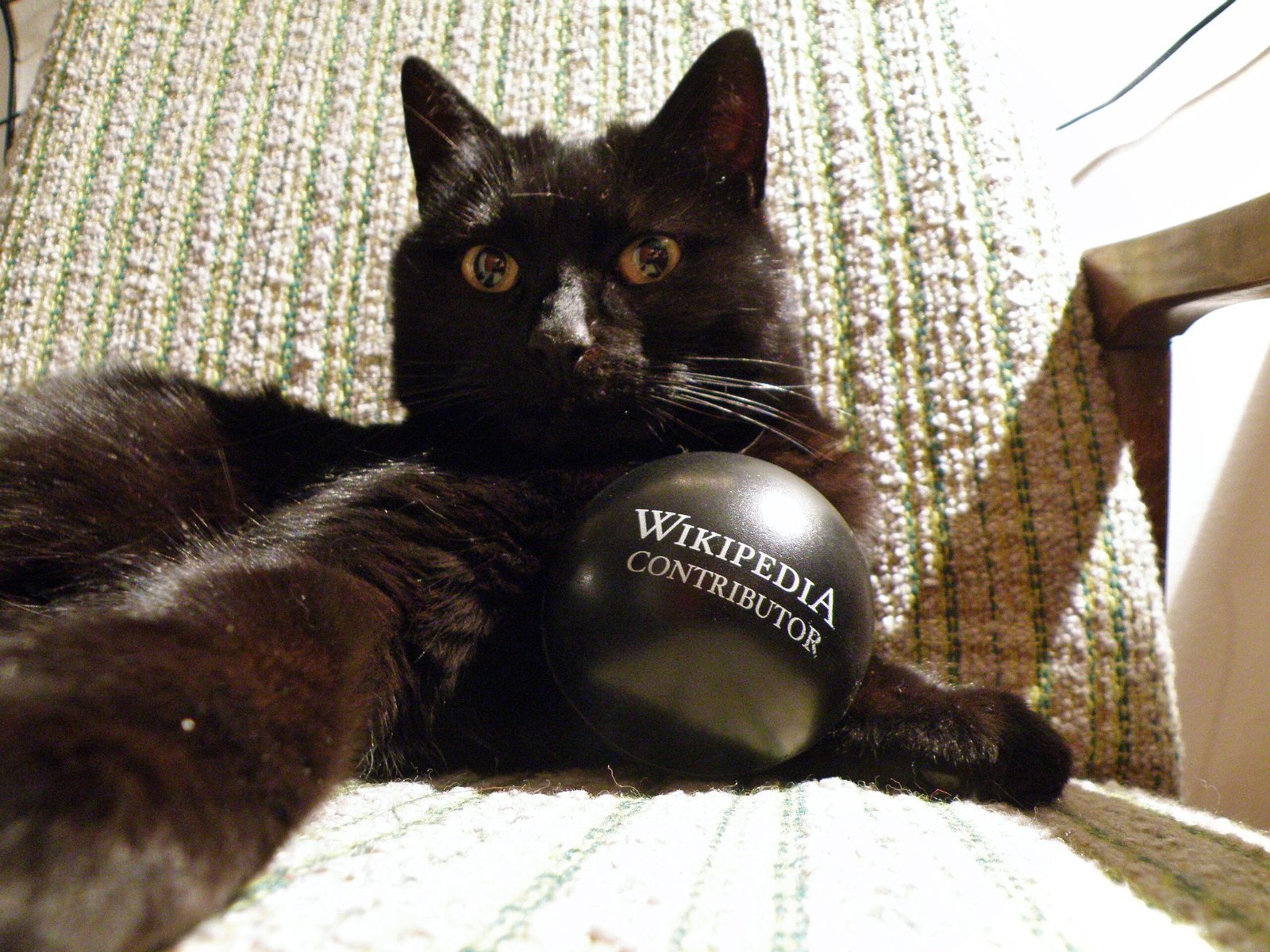
Stress is a big deal for cats. Even small changes in their routine can lead to anxiety. Things like new people, loud noises, or rearranged furniture can all trigger stress responses. When stressed, cats seek out the familiar—places, smells, and routines that help them feel grounded. Predictability acts as a safety net, shielding them from the unknown. If a cat is stressed, it’s more likely to retreat into its comfort zone than to seek out play.
The Power of Scent
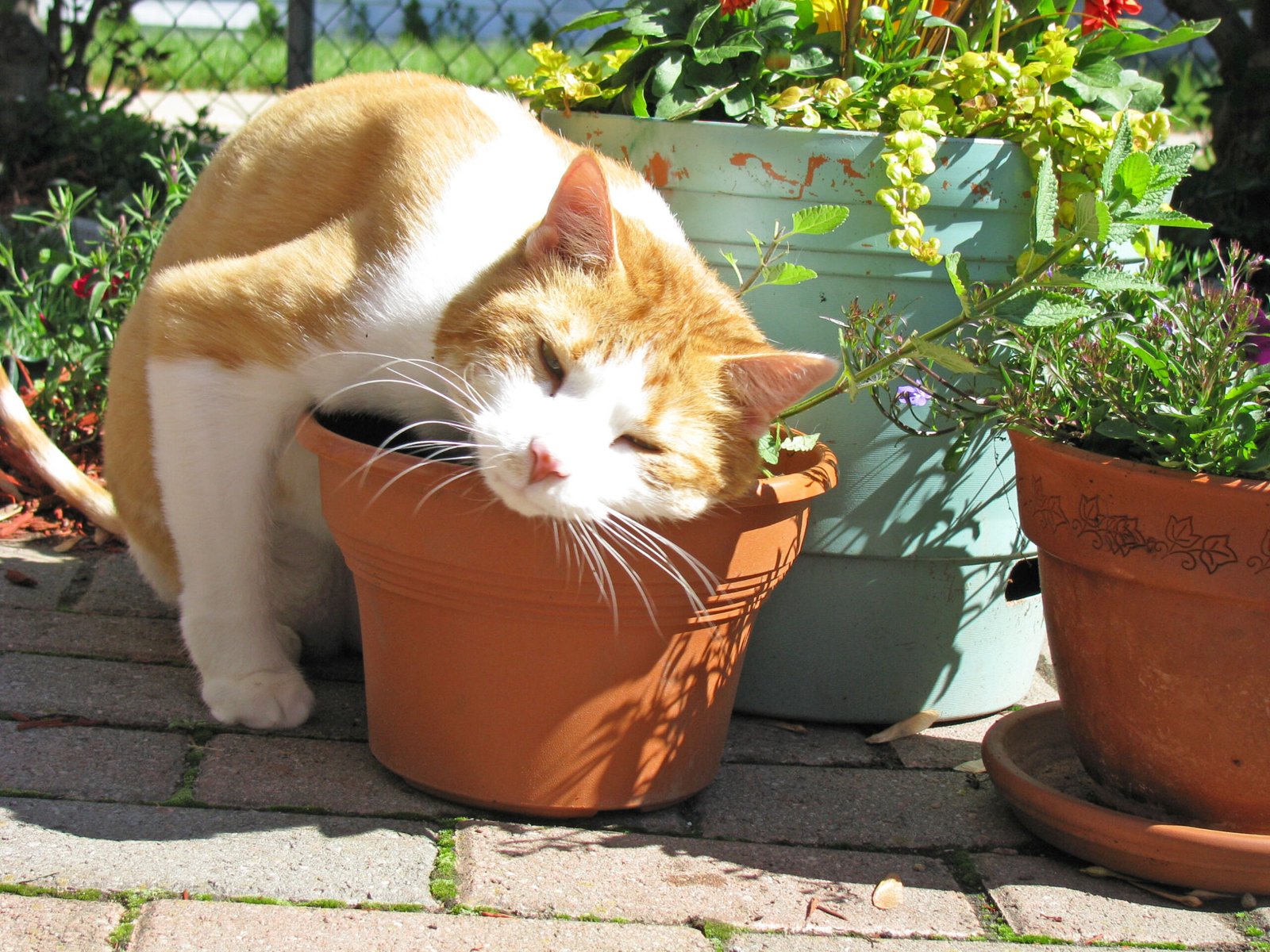
Smell is one of the most important senses for cats. They use scent to mark their territory and identify safe spaces. When something smells familiar, it reassures them that everything is as it should be. Introducing new toys or objects disrupts this scent map, making cats feel cautious or even threatened. That’s why many cats will ignore new toys until they’ve had time to rub their scent on them and claim them as their own. Predictable scents are another way cats find comfort in their environment.
Cats’ Relationship With Change

Change can be difficult for cats, no matter how small. Even shifting a favorite chair to a new spot can send a cat into hiding. This sensitivity to change is why predictable environments are so appealing to them. Sudden changes are interpreted as potential dangers, and cats will almost always choose the familiar over the unknown. By limiting variables in their daily lives, cats minimize stress and maintain a sense of control.
Bonding Through Predictability

Cats bond with their humans in subtle but meaningful ways. One of the best ways to build trust is through consistency. Feeding at the same times, playing with familiar toys, and keeping routines steady all help strengthen the bond between cat and owner. When cats know what to expect, they feel safer and more willing to show affection. This predictability also helps shy or anxious cats come out of their shells, leading to a stronger and more loving relationship.
The Influence of Early Life Experiences

A cat’s early experiences shape its relationship with predictability. Kittens raised in stable, predictable environments are more likely to be confident and playful adults. On the other hand, cats that experienced chaos or trauma early on may cling even more tightly to routine. For these cats, predictability isn’t just comforting—it’s essential for their sense of security. Early socialization and positive experiences can make a world of difference in how a cat responds to change and play.
The Allure of Familiar Objects
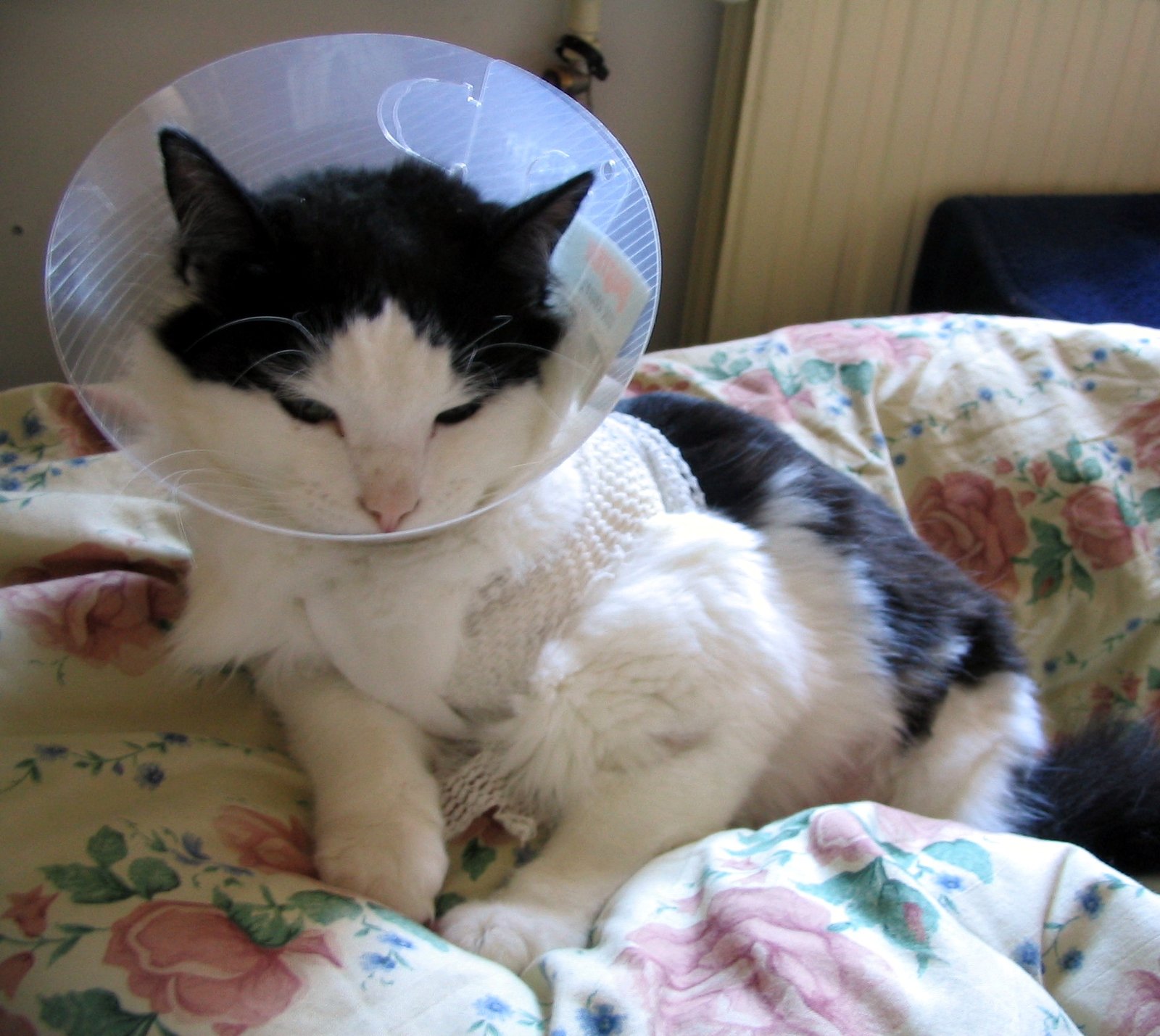
Have you ever wondered why your cat prefers an old, tattered toy over a shiny new one? Familiar objects carry the scents and memories of countless happy moments. These toys are safe, predictable, and comforting. New toys, while intriguing to us, can seem strange or even threatening to a cat. Given the choice, most cats will return to what they know and trust, reinforcing their preference for predictability over novelty.
The Predictable Patterns of Play

Even when cats do play, they tend to follow patterns. You might notice your cat always pounces from the same spot or prefers one type of toy over others. These predictable play routines are another way cats create order in their world. By sticking to what works, they minimize risk and maximize enjoyment. When play becomes part of a predictable routine, it’s more likely to be embraced rather than avoided.
The Importance of Restful Spaces
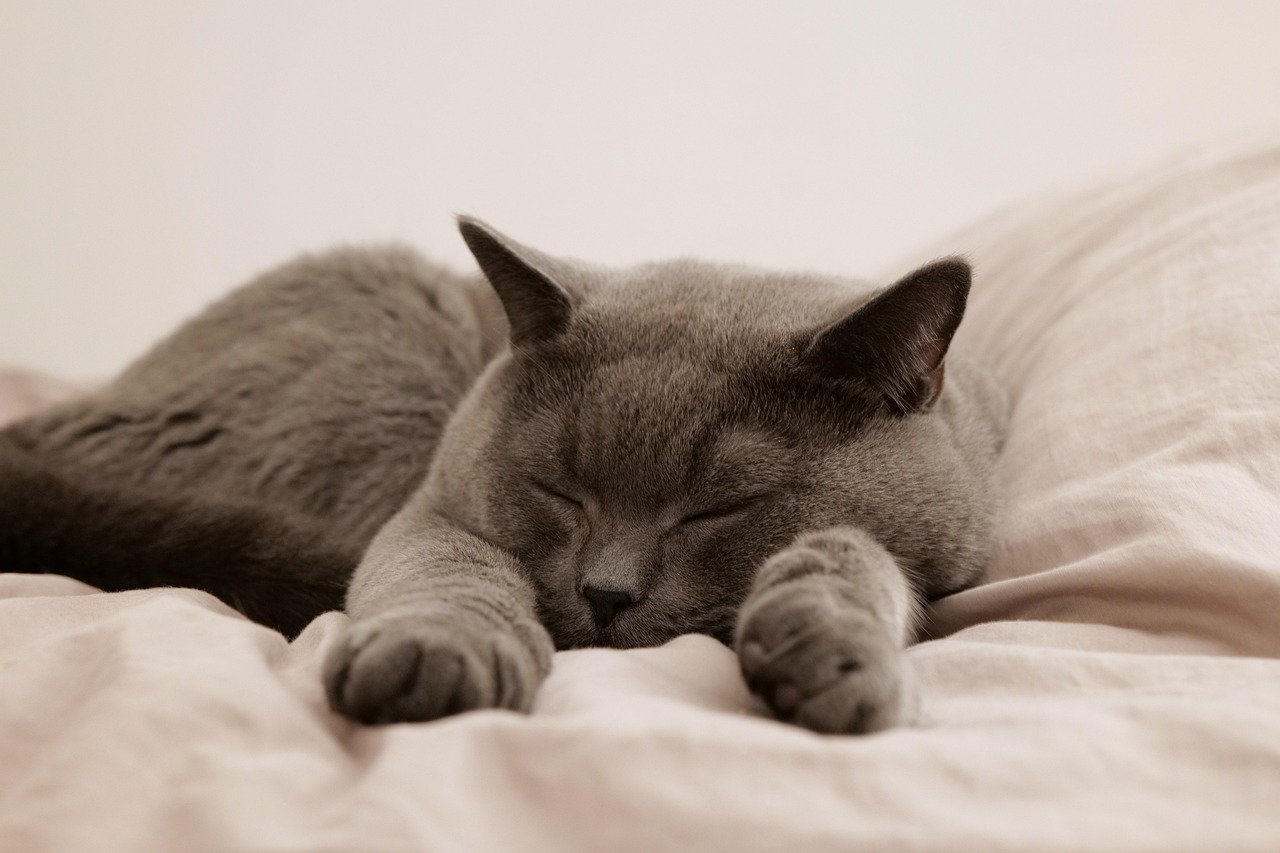
Cats spend a significant portion of their lives sleeping. Choosing the same spot to nap day after day is no accident. These restful spaces have passed all of a cat’s safety checks: temperature, scent, sound, and proximity to exits. Predictable resting places offer peace of mind and a quick escape route if needed. That’s why a cat might ignore a cozy new bed in favor of their usual spot on the couch.
The Role of Age and Health
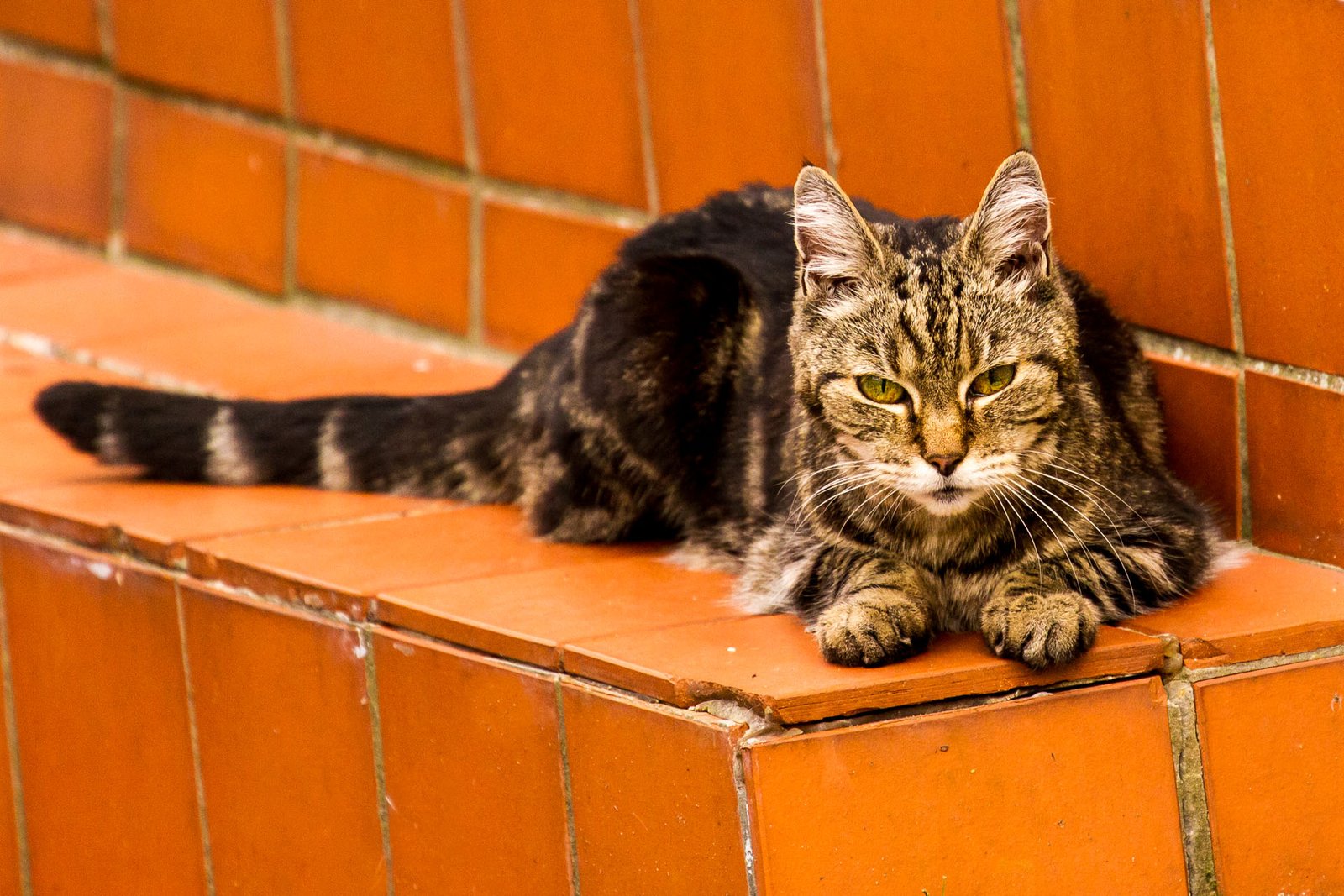
As cats age, their love for routine often deepens. Older cats, in particular, become more set in their ways and less likely to embrace new toys or activities. Health issues can also play a role. Cats dealing with pain or discomfort may avoid unpredictable play that could exacerbate their symptoms. For senior cats, predictability isn’t just a preference; it’s a crucial part of their comfort and wellbeing.
Interpreting Cat Body Language

A cat’s body language can reveal a lot about its need for predictability. Tail position, ear movement, and posture all signal how comfortable a cat feels. If a cat is relaxed in a familiar environment, you’ll see soft eyes and a calm tail. In contrast, new or unpredictable situations often lead to wide eyes, flattened ears, and a tense stance. Understanding these cues can help owners respect their cat’s need for routine.
Cats and Human Schedules

Cats are observant and quickly adapt to their humans’ routines. They learn when you wake up, leave for work, or settle in for the evening. By syncing their own routines to yours, cats increase their sense of predictability. This shared schedule can create a deep sense of companionship, as both cat and owner move through the day in harmony.
Food and Feeding Rituals

Feeding time is a highlight in any cat’s day. Most cats develop strong associations with the sights, sounds, and even smells of mealtime. They might meow, pace, or sit by their bowl in anticipation. Feeding rituals are so important that even slight changes—like a new type of bowl—can cause distress. Predictable feeding times and routines help cats feel secure and reduce anxiety around food.
Social Play Versus Solo Play

Not all cats play the same way. Some enjoy interactive play with their humans, while others prefer solo play with toys or household objects. Regardless of their preference, cats are more likely to engage in play when it fits into their predictable routines. Sudden invitations to play or unpredictable changes in play style can make cats withdraw. By understanding and respecting a cat’s play preferences, owners can encourage more positive interactions.
The Impact of Environment
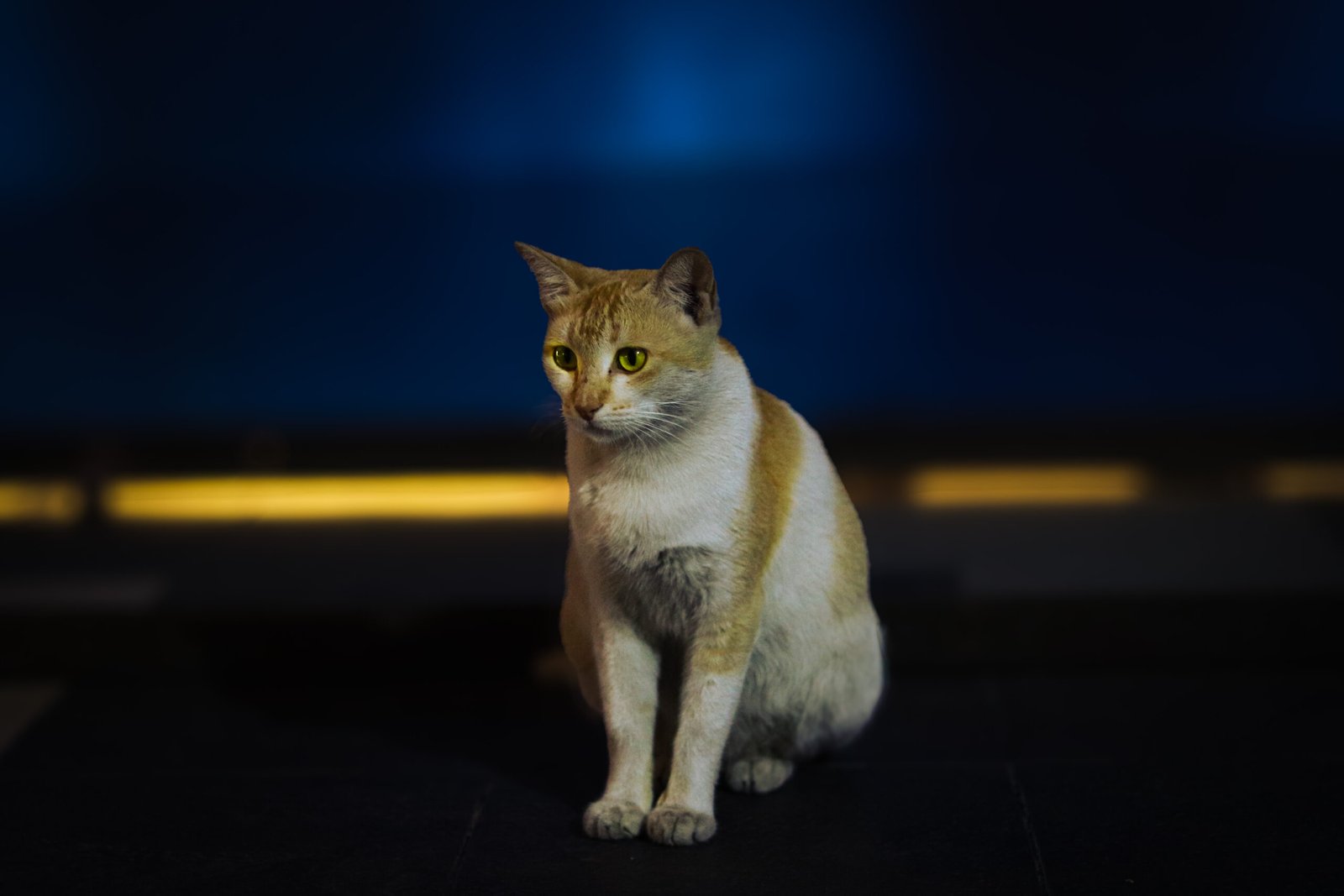
A cat’s environment plays a huge role in shaping its behavior. Calm, predictable households help cats feel safe and secure, while noisy or chaotic environments can lead to stress and withdrawal. Simple changes, like keeping litter boxes and food dishes in the same spot, can make a big difference. Creating a stable environment is one of the best ways to help cats relax and engage in play on their own terms.
Predictability and Multi-Cat Households
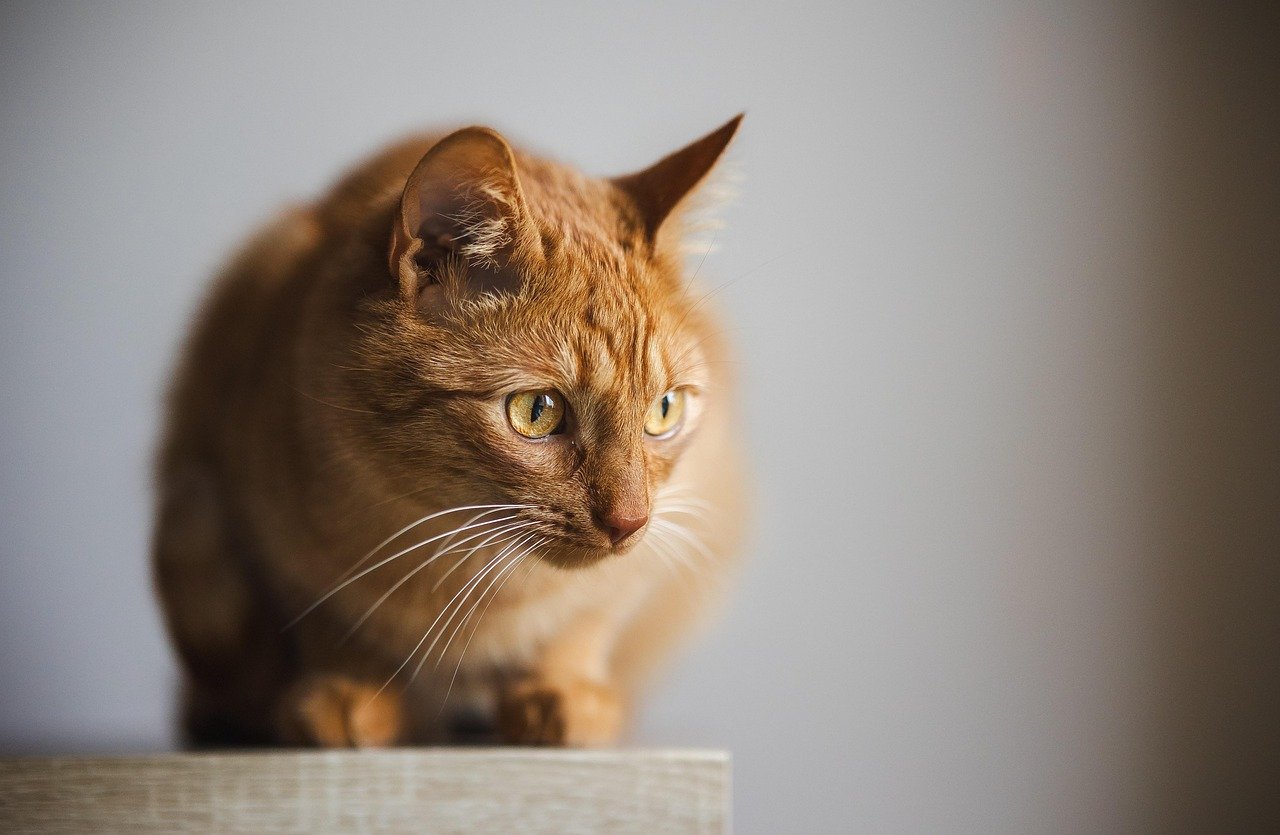
Life with multiple cats can be tricky, as each cat has its own routines and preferences. Predictability becomes even more important in these households. Establishing regular feeding times, play sessions, and resting areas helps reduce conflict and stress. Cats are more likely to get along and engage in play when the household runs on a predictable schedule. Stability is the secret ingredient to harmony in a multi-cat home.
When Predictability Becomes a Problem
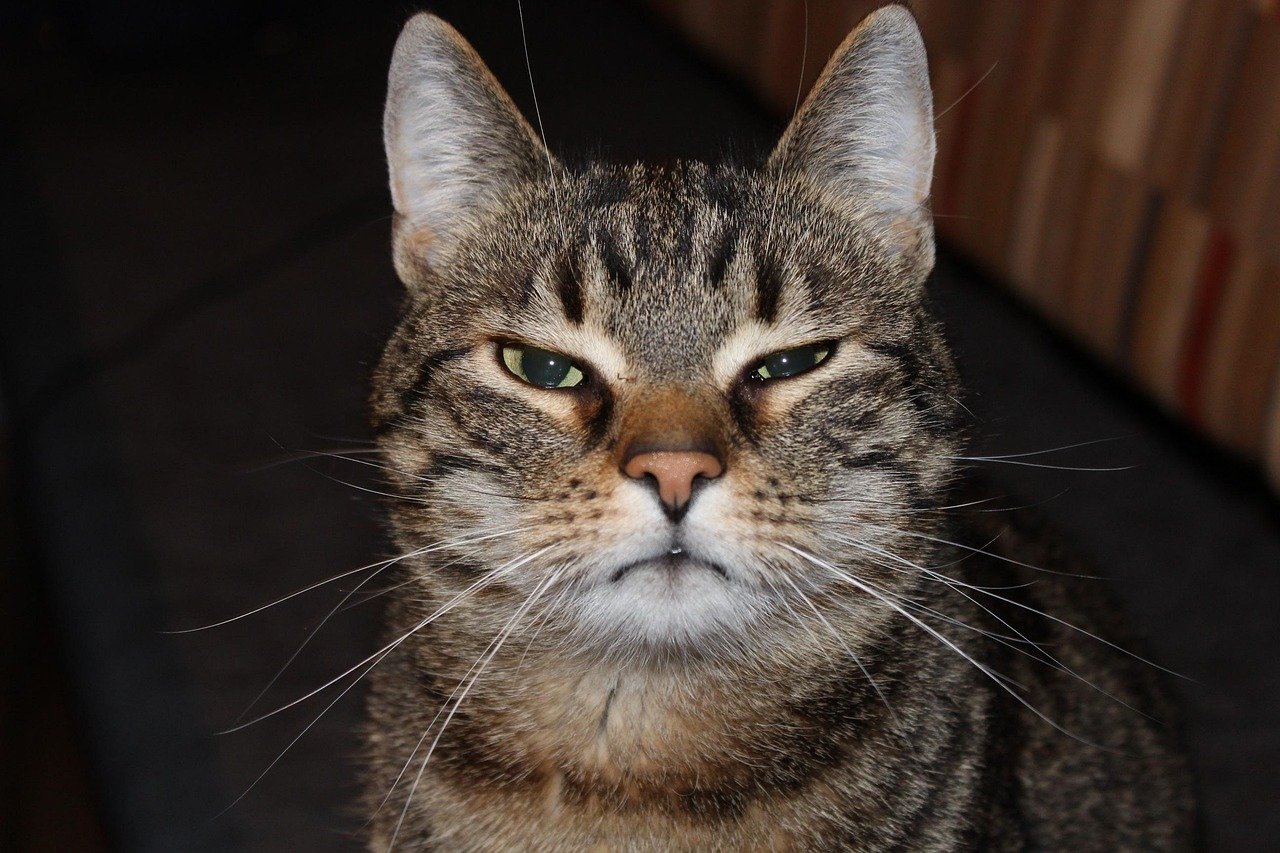
While predictability is usually a good thing, it can sometimes lead to boredom or even behavioral issues. Cats need a balance between routine and stimulation. Too much predictability can make life dull, leading to overeating, lethargy, or destructive behaviors. The key is to introduce new experiences gradually and always respect a cat’s comfort zone. Small changes, like rotating toys or adding new scents, can enrich a cat’s life without causing undue stress.
Helping Your Cat Embrace Play

Encouraging your cat to play doesn’t mean tossing out routine altogether. Instead, try adding playtime to your cat’s daily schedule. Use familiar toys and start with short, gentle sessions. Watch your cat’s reactions and adjust as needed. Over time, you can introduce new activities, always allowing your cat to set the pace. By blending predictability with gentle novelty, you’ll help your cat enjoy both security and fun.
Hi, I’m Bola, a passionate writer and creative strategist with a knack for crafting compelling content that educates, inspires, and connects. Over the years, I’ve honed my skills across various writing fields, including content creation, copywriting, online course development, and video scriptwriting.
When I’m not at my desk, you’ll find me exploring new ideas, reading books, or brainstorming creative ways to solve challenges. I believe that words have the power to transform, and I’m here to help you leverage that power for success.
Thanks for stopping by, Keep coming to this website to checkout new articles form me. You’d always love it!





